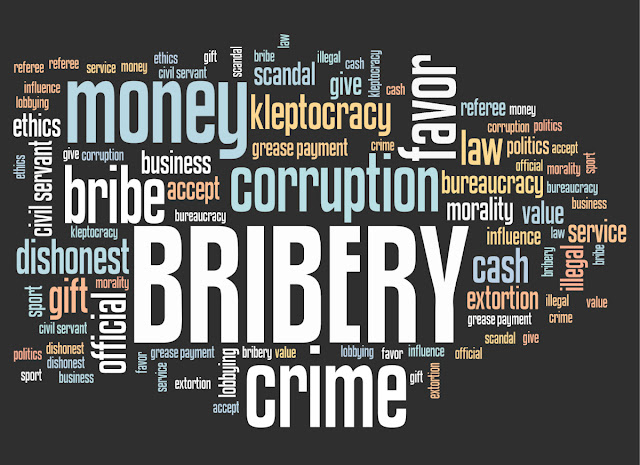TI-UN Habitat Local Governance Toolkit
Written Summary by: Lynn Lee
Corruption (as defined by Klitgaard, MacLean-Abaroa and Parris, 1996) is the misuse of the office for private gain, and it can occur in any of the three major governance pillars (government, private sector, civil society). The office is a position of trust, where one receives authority in order to act on behalf of an institution, be it private, public, or non-profit.
Corruption has a deeply negative effect on life in cities, as it can undermine a city’s social, economic, environmental and political objectives. For example, it could lead to lower tax revenue, which results in less government budget for social welfare programs and consequently a loss of public confidence in the government. To tackle this, we strive for transparency.
Transparency connotes the conduct of public business in a manner that affords stakeholders wide accessibility to the decision-making process and the ability to effectively influence it. (UNDP 1997, UN-HABITAT, 2000). Transparency can enhance inclusion in cities, improve accountability (political, administrative, social), and foster civic engagement.
To develop a local transparency program, one must first address the five entry points to create a foundational framework:
Assessment and monitoring
We must first understand the types and scale of corruption, alongside the degree of transparency in local governance at the present moment. We can do this through municipal checklists or vulnerability assessments (series of questions aimed to identify vulnerabilities of the system to abuse of authority/resources), urban corruption surveys, participatory corruption appraisals (eg. focus group discussions on local effects of corruption), and public records (using performance audits and quarterly financial statements as basis of performance measure and foundation of good governance).
Access to information
We must take measures to improve stakeholders’ access to information, so that they can participate in decision-making more effectively. This can be done through public meetings, open meeting laws, access to information laws, better records management and computerisation (eg. e-government), effective media training, as well as increased use of public education tools (eg. school programs, media campaigns) and public participation tools (eg. citizen advisory boards, public hearings).
Ethics and integrity
We must clarify what is expected from professionals (eg. monitoring mechanisms), ensuring they adhere to their commitments and face consequences if they break public trust. To promote ethics, professionalism, and integrity, we can do the following: establish conflict of interest laws, encourage the disclosure of income and assets (of those holding public office), create lobbyist registration programs, provide whistleblower protection, advocate for integrity pacts (binding agreements that assure that companies and their competitors will refrain from bribing, and government agencies will prevent corruption), establish a Code of Ethics, ensure ethical campaign practices (so that campaigns are focused on issues and not on personal attacks), and educate employees through ethics training (about ethics rules and regulations).
Institutional reform
We must streamline and simplify administrative procedures to promote participation and transparency in the process. To do so, we must develop action plans and implement demonstration projects, later monitoring progress, and institutionalising the lessons learned (perhaps through a transparency survey).
There are several direct actions that we can take to encourage institutional reform. We can establish Ombudsman offices (independent offices that investigate allegations of maladministration), create oversight committees (that oversee the operations of specific government committees), encourage independent audits (to identify strengths/weaknesses of administrative structures), and use independent anti-corruption agencies (that serve as a watchdog for local government entities).
Targeting specific issues
We must use specific issues as entry-points for improving transparency. This involves identifying major issues and steps to be taken (achieved through stakeholder consultations, working groups, proposition papers, urban pact). A possible way to approach this is by using participatory budgeting, which would involve the community in priority-setting and budgeting processes (enhancing local democratic culture and nurturing civic engagement) while ensuring that the finances of the local government are properly accounted for (decreasing potential for abuse).
Overall, it can be seen that urban governance plays a large role in whether a city is characterised by growth and prosperity, or decline and social exclusion. Thus, transparency is necessary to achieve the type of urban governance needed to cope with urban society. By tackling these five key areas, we can lay a foundation for a more transparent, fair, and hence inclusive society.
Reviewed by: Abraham Sumalinog

Comments
Post a Comment